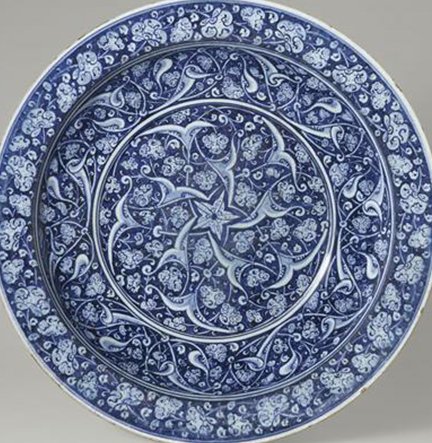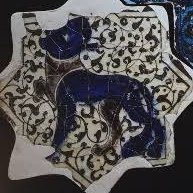Detail from an illustration in bunko edition of Yumi Tamura's BASARA manga. Princess Senju's hairstyle.
vs
12th century hairstyle of noblewomen (Western Europe). Braids with ribbons (minus hair buns). From Eugène Emmanuel Viollet-le-Duc (1874)'s book. #BASARA #田村由美

vs
12th century hairstyle of noblewomen (Western Europe). Braids with ribbons (minus hair buns). From Eugène Emmanuel Viollet-le-Duc (1874)'s book. #BASARA #田村由美


Source:
archive.org/details/dictio…
archive.org/details/dictio…
• • •
Missing some Tweet in this thread? You can try to
force a refresh
























